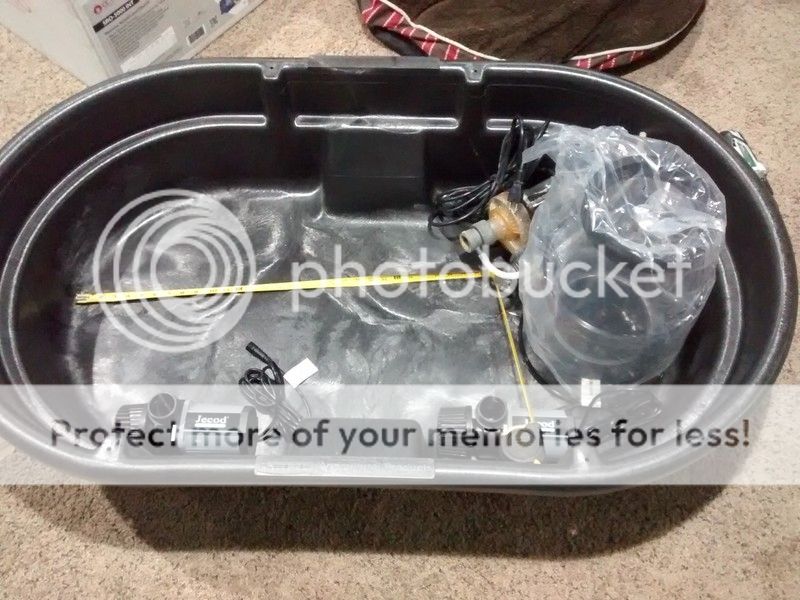Floyd R Turbo
Either busy or sleeping
You might find that the smaller scrubber works for quite a while, vs a temporarily oversized scrubber which has a higher potential to have issues
As for the fixture question, in theory that should work but if you move the fixture back away then add lenses to focus the light, you end up with the same # of LEDs. Now I'll say this, that spacing guide works well when you start out at 1/2 current/power and sometimes you can leave it there, but if you want to amp up the growth you can run them stronger if you have to load to support it. So it's #1 coverage and #2 power. If you use 1/2 the LEDs and full power with lenses from further away, that's the equivalent to 50% up close. Then you're power limited on what the light output can be, but then you can add LEDs if you find that you need them - so that's another way to offset the initial cost I guess.
As for the fixture question, in theory that should work but if you move the fixture back away then add lenses to focus the light, you end up with the same # of LEDs. Now I'll say this, that spacing guide works well when you start out at 1/2 current/power and sometimes you can leave it there, but if you want to amp up the growth you can run them stronger if you have to load to support it. So it's #1 coverage and #2 power. If you use 1/2 the LEDs and full power with lenses from further away, that's the equivalent to 50% up close. Then you're power limited on what the light output can be, but then you can add LEDs if you find that you need them - so that's another way to offset the initial cost I guess.



